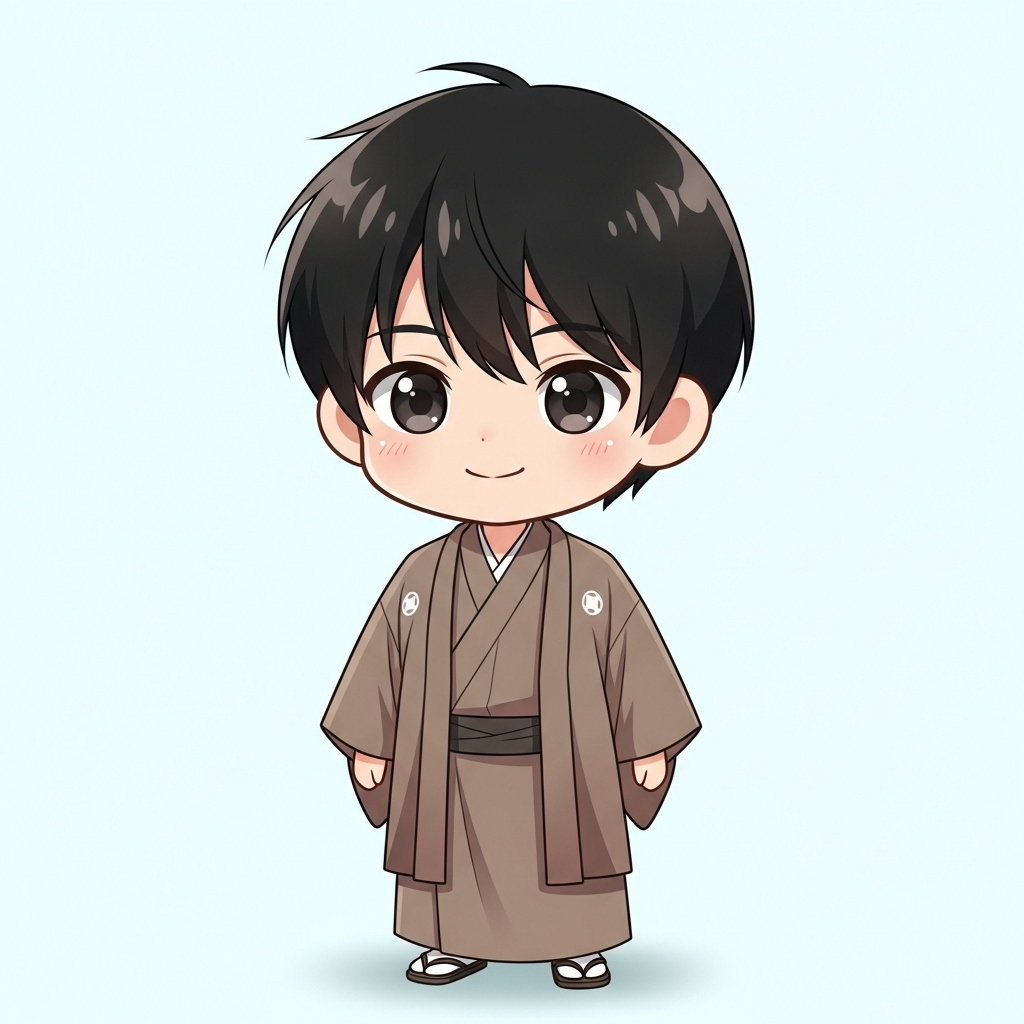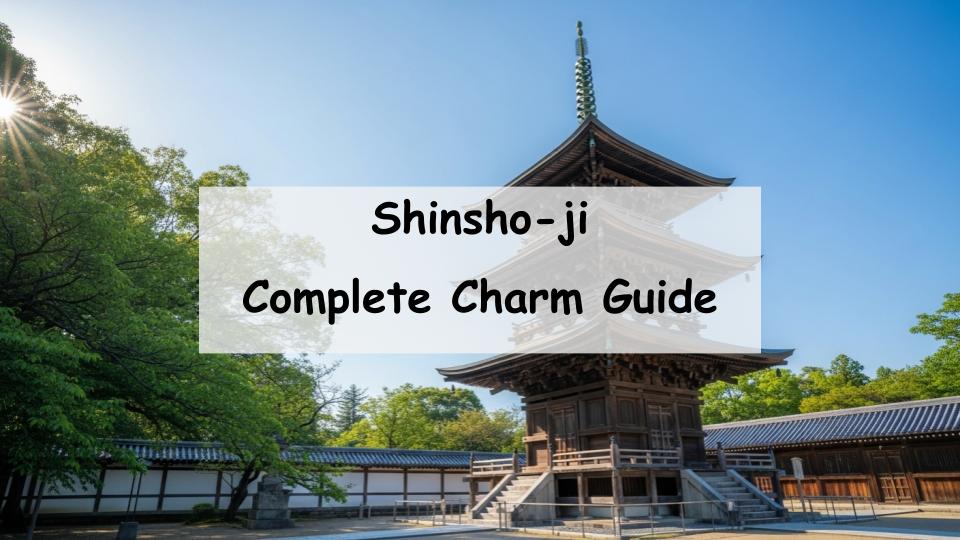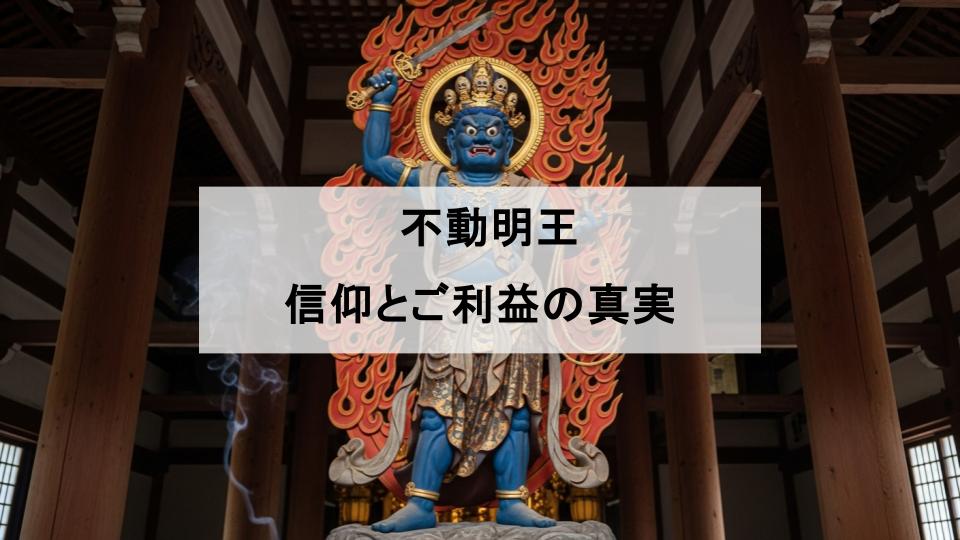If you want to learn more about Naritasan Shinshoji Temple, this article is for you. We answer common questions like “What kind of temple is Shinshoji?”, “What are the main attractions?”, and “How do I get there?”. Founded over a thousand years ago, Shinshoji is one of the most famous temples in the Kanto region, beloved by many for its blessings of protection and prayer. This guide covers the temple’s history, key features, must-see spots, and detailed access information. Whether you are visiting for the first time or planning your next trip, this article will help you fully appreciate the charm of Shinshoji Temple.
History and Origins of Shinshoji Temple
Background and Sect
Shinshoji Temple was established in 940 AD during the early Heian period. It is the head temple of the Shingon-shu Chisan sect, founded by the famous Buddhist monk Kobo Daishi (Kukai). Originally, it was known as a place for warding off evil and has since gathered deep faith from people across the Kanto region.
Shinshoji’s Role in the Kanto Region
As a spiritual hub, the temple is widely known for its blessings related to protection from misfortune and healing from illness. It plays a vital role in local communities, especially during the New Year’s first visit (Hatsumode), attracting many worshippers seeking blessings for the year ahead.
Important Historical Events and Cultural Assets
Shinshoji continues to hold traditional events such as the Setsubun Festival and the Fire-Walking Ceremony. The temple grounds house numerous important cultural properties including buildings and statues, allowing visitors to feel a strong connection with Japan’s rich cultural heritage.
Highlights and Features of Shinshoji Temple
The Great Main Hall and Principal Deity
The Great Main Hall is an imposing structure that enshrines Fudo Myo-o, the deity of protection and removal of evil. Visitors come here to pray for safety and the removal of misfortunes.
The Peace Pagoda and Gardens
The Peace Pagoda, approximately 58 meters tall, impresses visitors with its majestic presence. Surrounding the temple are beautifully maintained gardens that bloom with seasonal flowers, offering a peaceful spot for a stroll.
Seasonal Scenery and Events
New Year’s Visits and Setsubun Festival
Shinshoji is famous for its large-scale New Year’s celebrations where thousands gather to pray for health and happiness. The Setsubun Festival features lively bean-throwing ceremonies that visitors can join.
The Beauty of Four Seasons
From cherry blossoms in spring, lush greenery in summer, colorful autumn leaves, to snow-covered landscapes in winter, each season offers a unique and picturesque atmosphere around the temple grounds.
How to Worship and Etiquette at Shinshoji
Worship Routes in the Temple Grounds
Visitors usually enter through the Sanmon Gate and proceed around the temple following designated paths, paying respects at various halls quietly and respectfully.
Sutra Copying and Prayer Procedures
Shinshoji offers opportunities for visitors to experience sutra copying (shakyo). For prayer requests, visitors can fill out application forms for blessings. Information is available at the temple’s information center.
Worship Etiquette and Guidelines
Maintain silence and put your phone on silent mode while inside the temple grounds. Be sure to observe no-photography zones and show consideration for other worshippers.
Access and Nearby Information for Shinshoji Temple
Train and Bus Access
Shinshoji is about a 15-minute walk from Narita Station on both the JR and Keisei lines. There are also direct buses from Narita Airport, making it very convenient for travelers.
Driving and Parking Information
By car, it’s approximately 10 minutes from the Narita Interchange on the Higashi-Kanto Expressway. Paid parking lots are available nearby, but they can be crowded during peak seasons such as New Year.
Nearby Attractions and Local Cuisine
The temple is close to popular spots such as Naritasan Park and Naritasan Omotesando street, where visitors can enjoy sightseeing and try the local specialty, grilled eel (unagi).
Tips for Visiting Shinshoji Temple
Best Times to Avoid Crowds
To avoid heavy crowds, especially during the New Year, visit on weekday mornings for a quieter and more relaxed experience.
Choosing Souvenirs and Amulets
The temple offers a wide variety of amulets and goshuin (temple stamps), perfect as souvenirs or keepsakes. Staff at the gift shop will gladly help you choose.
Recommended Guided Tours for First-Time Visitors
If you want to learn more about the temple’s history and culture, joining a guided tour is highly recommended. Tours are beginner-friendly and provide detailed explanations.
A Message from the Guide

If you’re not comfortable with crowds, it’s best to avoid visiting during the New Year’s first shrine visit (Hatsumode) period.










Comment